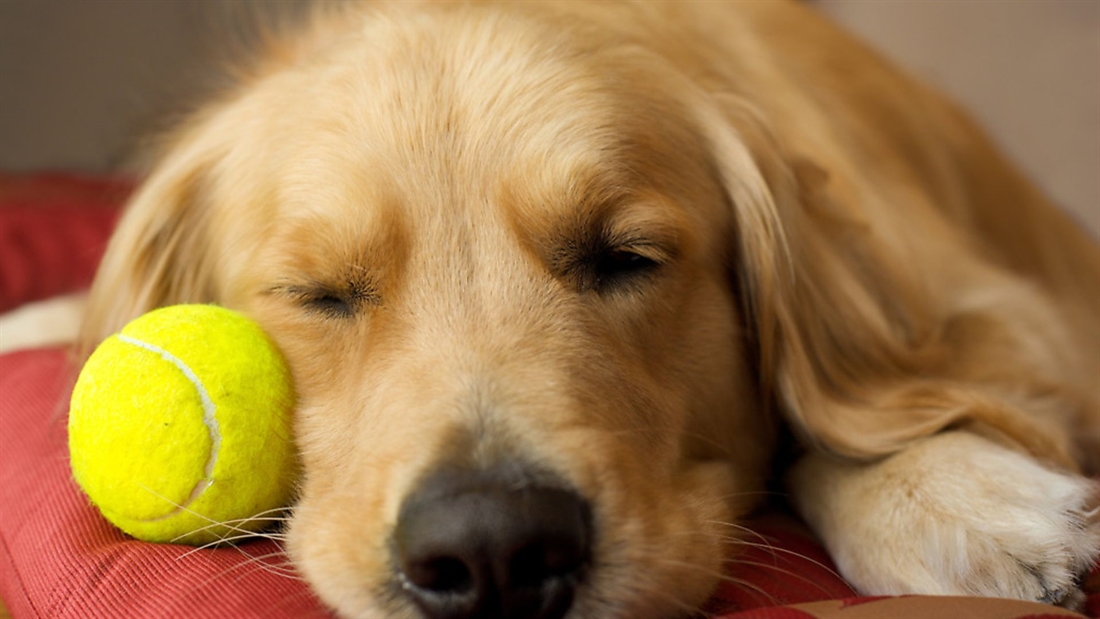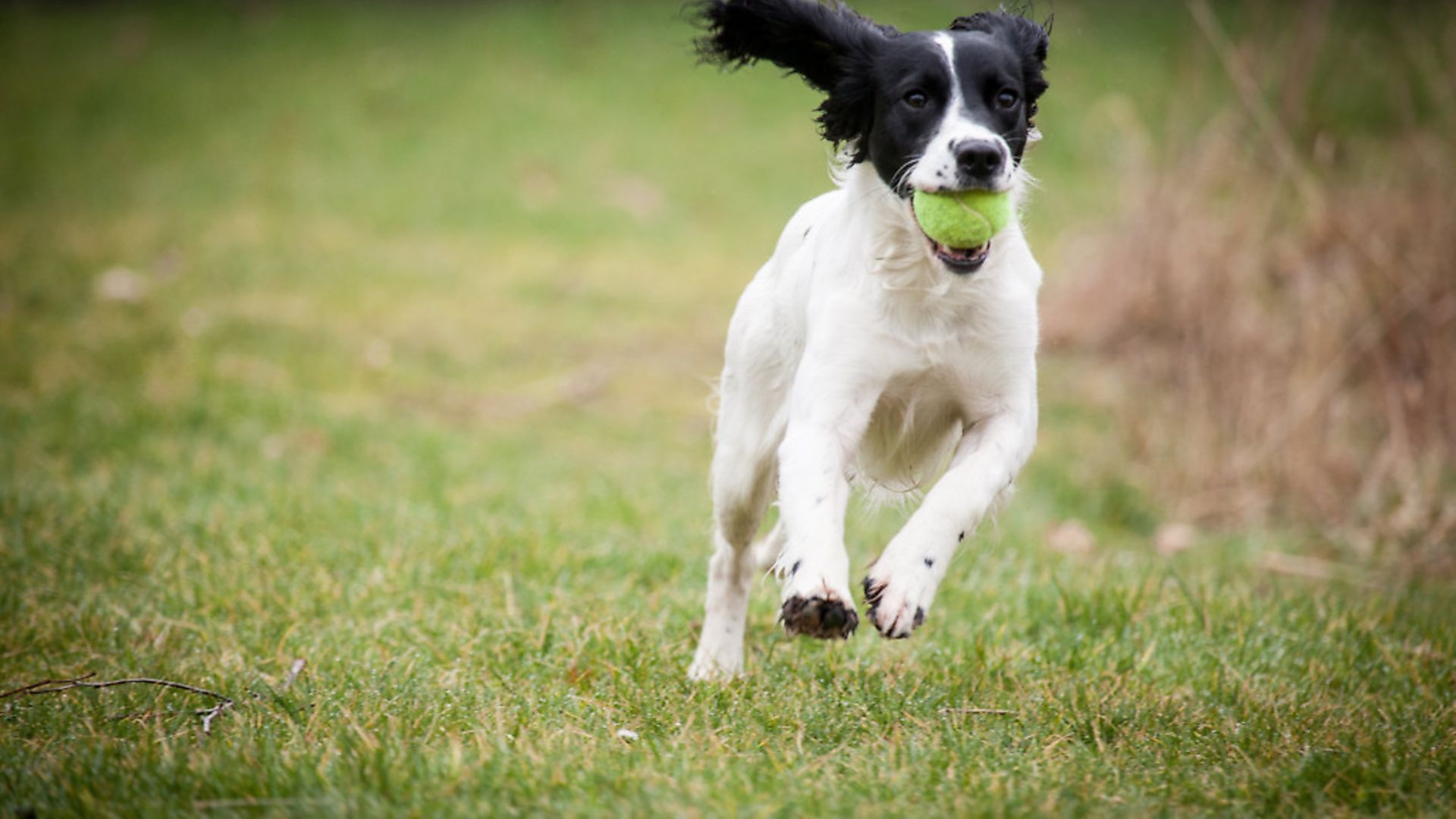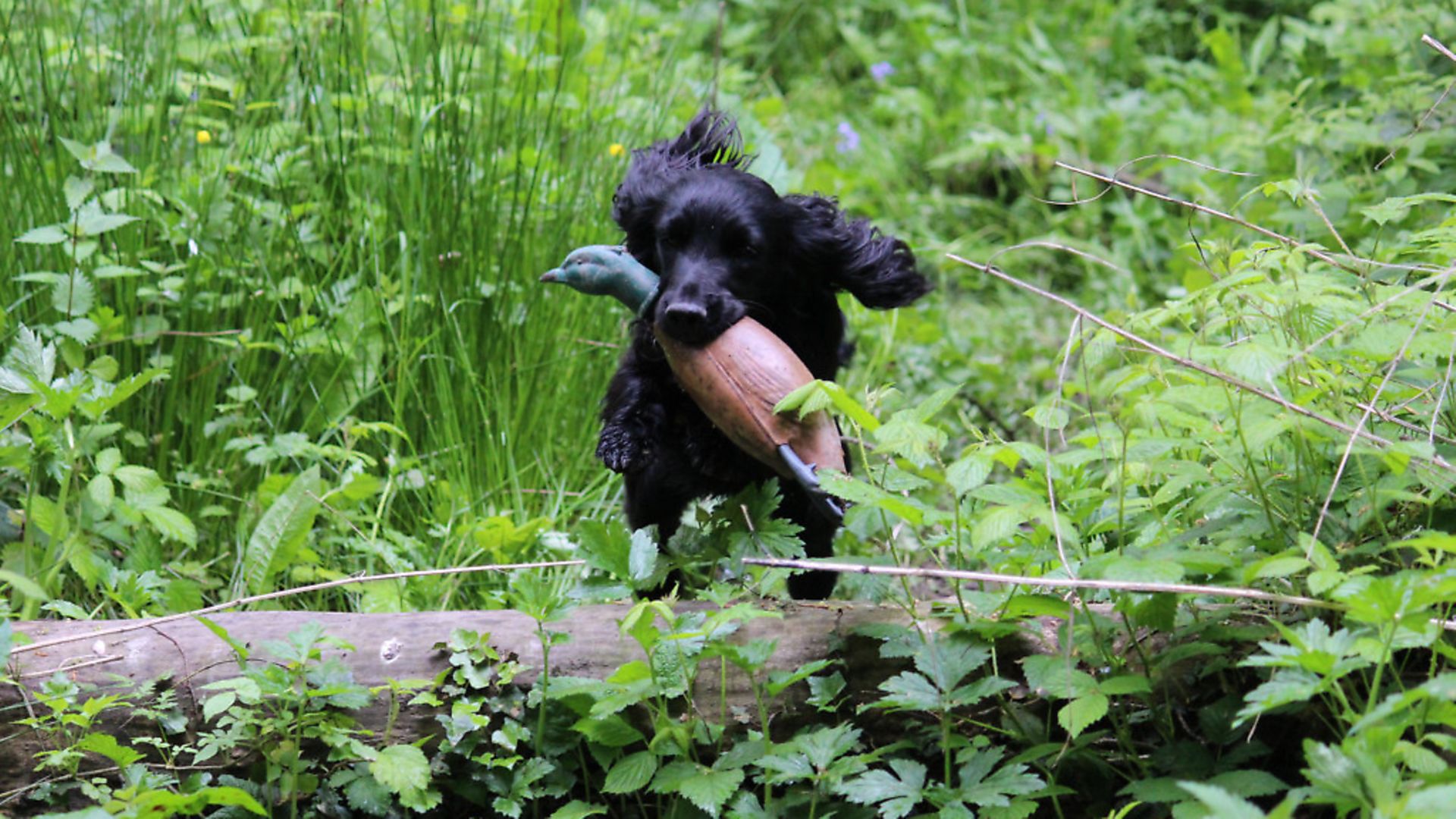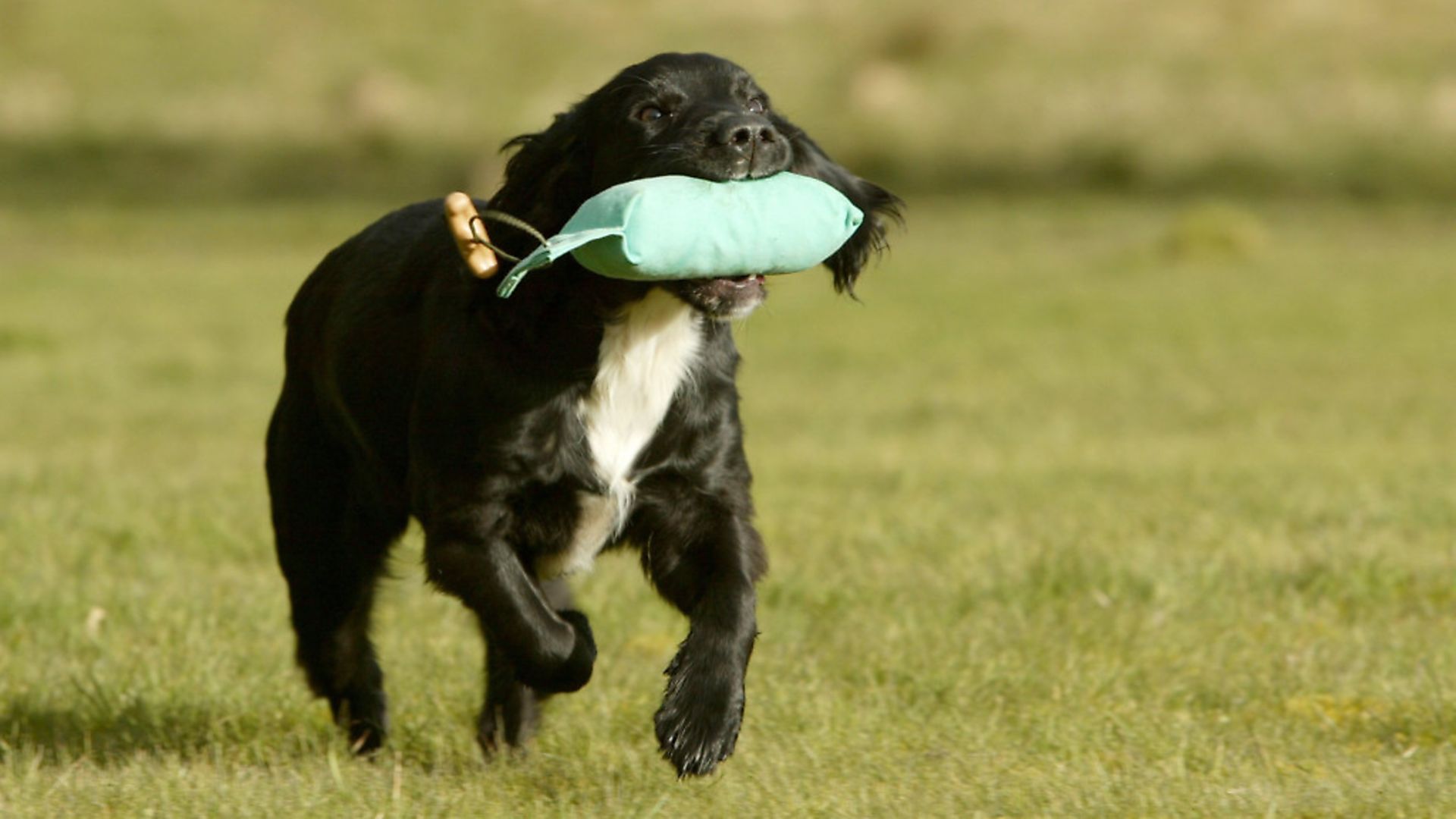How to: use tennis balls in gundog training (without creating a problem!)

Is it OK to use a tenis ball in early gundog training, or will it create problems? Gundog trainer Ryan Kay explains how to use tennis balls properly
Check out our new YouTube channel – Shooting & Country TV – for top tips, gear reviews and great days in the field
I’m not averse to a tennis ball. In fact, I’m quite partial to using a tennis ball as a training aid – there’s something satisfyingly simple about using one. They’re light, bright and effortless to throw; they fit neatly into your palm; and they pop away comfortably in any coat pocket. But perhaps they’re too comfortable to use? Maybe they can be inadvertently overused? I say inadvertently because I feel that sometimes, because WE love using them, we can end up overdoing it and unintentionally impair the training of a young dog.
I’ll try and explain. A tennis ball’s primary use is for the game of tennis, obviously! Many of you don’t actually use it for that, but our understanding of its primary use means we associate it with a ‘game’. I believe that our human nature then locks that ‘game’ element away in our brains, until the little bright yellow round thing is pulled out of our pocket and is rolling around in our hand again, perhaps followed by a couple of little tosses in the air, popping the ‘game’ theme firmly back in our mind. It’s just a natural instinct. In fact, I challenge you to get a tennis ball out without a little chuck up out of your hand or maybe a rebound catch on the concrete in front of you.
Many of you are now saying, ‘well, yes, it is a game’, and that’s exactly what you intend to (and indeed do) use it for – a game, a way to encourage play and bonding with your young pup. And that’s absolutely fine, but for some of us, it’s about recognising when we overdo it and understanding just how strict and consistent we need to be with confining it to a game.
I use tennis balls quite frequently. There’s always one in my training vest because, every day, there’ll be a client with a dog that may benefit from the use of one in the lesson. As for my own dogs, it’s been a while since I last used or needed one. Our youngest cocker is Solo, now 11 months old. She hasn’t had a tennis ball in her mouth for months and months. That’s because it’s now no longer needed as a training aid. I was strict with my use of the ball when I utilised it, making sure that when she was ready to transition to a dummy or other retrieving items, I moved her on swiftly and the game/fun style of training that began to encourage her as a pup, slowly became more thoughtful and disciplined – but no less exciting to her, I should add.
You see, the ball was there to inspire initial retrieves as it rolled along the ground. It was also there for an early ‘hunt whistle’ lesson to keep her in an area when I tucked a single ball away in some longer grass and then persuaded her to find it (accompanied by a guiding hand and simultaneously introducing a gentle ‘twoo-twit’ whistle command, so that she learnt by association). Soon after, when she was progressing nicely, the ball was swapped out for a dried pheasant wing or a dummy or even a treat on the odd occasion. I consciously made the swaps because I know that I am not strict enough with separating my own ‘game’ affinity with a tennis ball. The danger being that my unconscious actions of overusing it, and casually throwing that one retrieve too many, would mistakenly create a ball-mad monster out of an already willing and biddable cocker. I would eventually be creating an undesirable behaviour that wouldn’t be conducive to Solo’s eventual fieldwork.
Ball-mad dogs
It’s so easy to overdo it. I’ve seen many dogs that are quite ball bonkers. They’re overly focused on the handler’s hand, waiting for it to dip into a game bag or pocket where it will hopefully produce that most incredibly exciting thing of all incredibly exciting things – the tennis ball! Some dogs are so overcooked on a ball that they’re steadier to a rabbit dummy or dummy launcher than a tennis ball.
So how do you avoid the ball magnetism? Firstly, decide if a ball is going to be part of your retrieving arsenal. If it is, it should remain with the other items until needed for training. This may sound an obvious resolution, but some people find it hard to separate play from training. They will happily justify the constant throwing of a ball during a walk or in the house, and accept the dog dropping it and running around their legs with it… but subsequently arrive at their training area and ask for an efficient and correct retrieve with it. Both circumstances are the same to the dog – it’s still a retrieve as soon as it leaves the owner’s hand, regardless of the environment. Plus, excessive retrieving with tennis balls can cause a dog to start rolling the ball around in its mouth upon return, more common in an agitated spaniel.
Secondly, remember that a ball (or indeed any retrieving item from your bag) is a training aid. An aid that is there to help you instil desirable behaviour and to benefit and help you both towards that end goal of retrieving game tenderly to hand. So, as soon as you can move on and progress to other items that will more closely replicate your quarry, do so. Basically, mix it up more with different retrieving items.
And thirdly, do not use tennis balls to teach hunting! Many will disagree with me here, but I believe using tennis balls as a main hunting aid is essentially the creation of poor hunting. I’m really talking about hunting in earnest, involving quartering and ground treatment. To a well-bred spaniel or HPR, hunting should be the be-all and end-all. It will become the most exciting thing in the world, as the instinct to quest for and follow attractive scent takes over.
If the dog is continually asked to hunt for a ball, that attractive scent will become that of the ball, rather than game, and an addictive pattern of behaviour will develop – to the detriment of the dog’s hunting style. Hiding lots of tennis balls close by in slightly long grass does not best replicate or encourage natural, flowing hunting. Yes, it teaches a dog to search for things with its head down (if that’s what you’re wanting, as with the use of a single ball and the initial development of teaching the hunt whistle mentioned earlier), but it’s essentially a close retrieve where the dog prods grass with its nose and upon finding it, brings it in. If you introduce lots of tennis balls and continually ask for the same thing, you’ll create a dog with a prodding, stab-like, double-hunting style. It interrupts any fluidity and may even hinder the dog’s natural desire to quest.
Having said all that, there are times where I may adopt this hiding technique to encourage a ‘sticky’ dog, or one who’s fixated on his handler/hand (ironically already entrenched by the overuse of tennis balls), to move away from its handler – where sometimes a full-on stare and an exuberant bounce accompanies this. I may instead hide the occasional retrieving item further away in cover on the periphery of my beat to encourage the dog to explore. Hidden smelly treats can be a good reward and encourage more fluid hunting as the dog has nothing to bring back. Ideally though, any bad hunting habits caused by tennis balls would never happen in the first place as I would be teaching hunting purely on scenty ground.
So, remember, tennis balls can be a great training aid, but be careful not to overdo it and bring out the ball-vision in your dog.
In other words… don’t balls it up!
For more gundog training articles, check out our gundog section!








